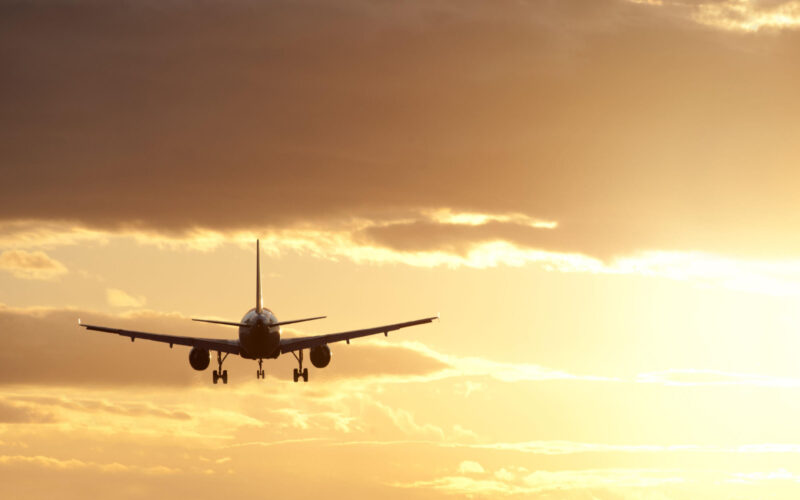Aviation may be facing a lot of challenges right now, but the long-term outlook is for growth, according to executives speaking at a conference hosted by Eurocontrol.
The conference in Brussels, ‘Where to next for European Aviation?’, brought together senior professionals from air traffic control providers, airlines and airports to discuss the lessons the industry can learn from the summer of disruption and the outlook for aviation.
“Even though we had a rough summer, a tough summer, at the end of the day we still had a safe summer,” summarized Eurocontrol Director General Eamonn Brennan.
Traffic in June, July, August and September 2022 was at around 87% of 2019 levels, but the summer was characterized by disruption due to staffing shortages. Cancellations and on-time performance were down on previous years, especially. “Non-operated schedules”, the official term for cancellations, averaged about 6% over the summer, Brennan said.
Despite current headwinds such as rising costs and the war in Ukraine, participants were hopeful for the years to come.
Gus Kelly, head of major aircraft leasing firm AerCap, highlighted it was already placing aircraft with airlines for 2025.
Willie Walsh, head of global airline association IATA, said traffic within Europe was around 88% of 2019 levels in the summer and he expected it to recover by 2024. “We expect growth to continue to be around 3% per annum after that. So by 2030, the industry will be 30% larger.”
Lynne Embleton, CEO of Aer Lingus, said there was no doubt people want to fly.
“You saw how much travel bounced back after COVID. People want to fly, economies will still grow, people will want to visit friends and have life experiences, there’s no doubt about that.”
Uneven recovery
Still, while low-cost carriers Ryanair and Wizz Air are operating more capacity than before the pandemic, legacy carriers such as Lufthansa (LHAB) (LHA), Air France-KLM and British Airways are not recovering as fast, partly due to ongoing COVID-19 travel restrictions in China. While traffic across the North Atlantic is only down 4% on 2019 levels, traffic to Asia is down 29%, Brennan said.
Good morning! Just 29,207 flights/day last week – 88.7% of 2019. Thursday saw ~1,000 fewer flights than expected (French strike)@Transport_EU @ECACceac @CANSOEurope @ACI_EUROPE @eraaorg @IATA @A4Europe pic.twitter.com/1r06WXpDoC
— EUROCONTROL (@eurocontrol) October 3, 2022
The fact that Russian airspace is closed to European carriers could pose a real competitive problem when Asia eases travel restrictions, Brennan predicted. Currently, EU carriers have to fly south, adding more time and costs on routes to Asia. However, Chinese carriers aren’t subject to the EU sanctions and can continue to fly the more direct routes over Russia.
“That is going to be a contentious issue… At the moment, Chinese carriers have a huge advantage over the European ones,” he said.
Brennan also said that he doesn’t believe summer 2023 “looks that good at the moment,” highlighting that while airlines were all planning to operate more aircraft next summer, airspace closures due to the war in Ukraine and strikes were all likely. In addition, there is still a question mark over staffing levels and whether airports can run “at full tilt”.
“However, I am confident we will have a better outcome next year because we have a better lead-in time,” he said.
As Simon Hocquard, Director General of CANSO, put it: “We survived this summer. We can’t just survive next summer… We are all in this together. We all want aviation to be successful.”

